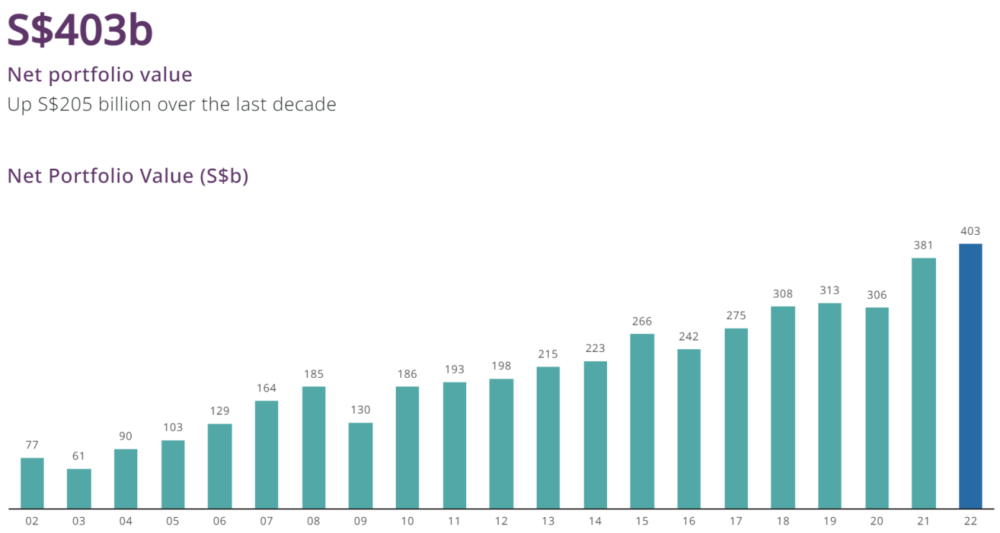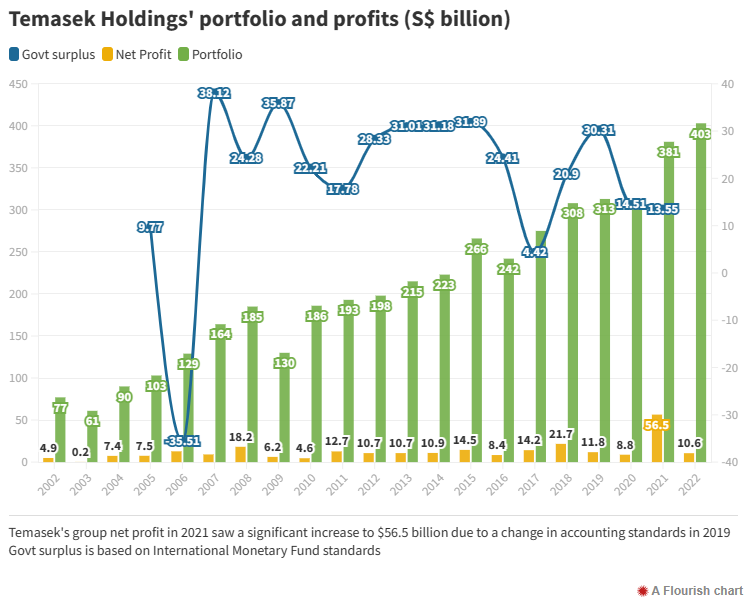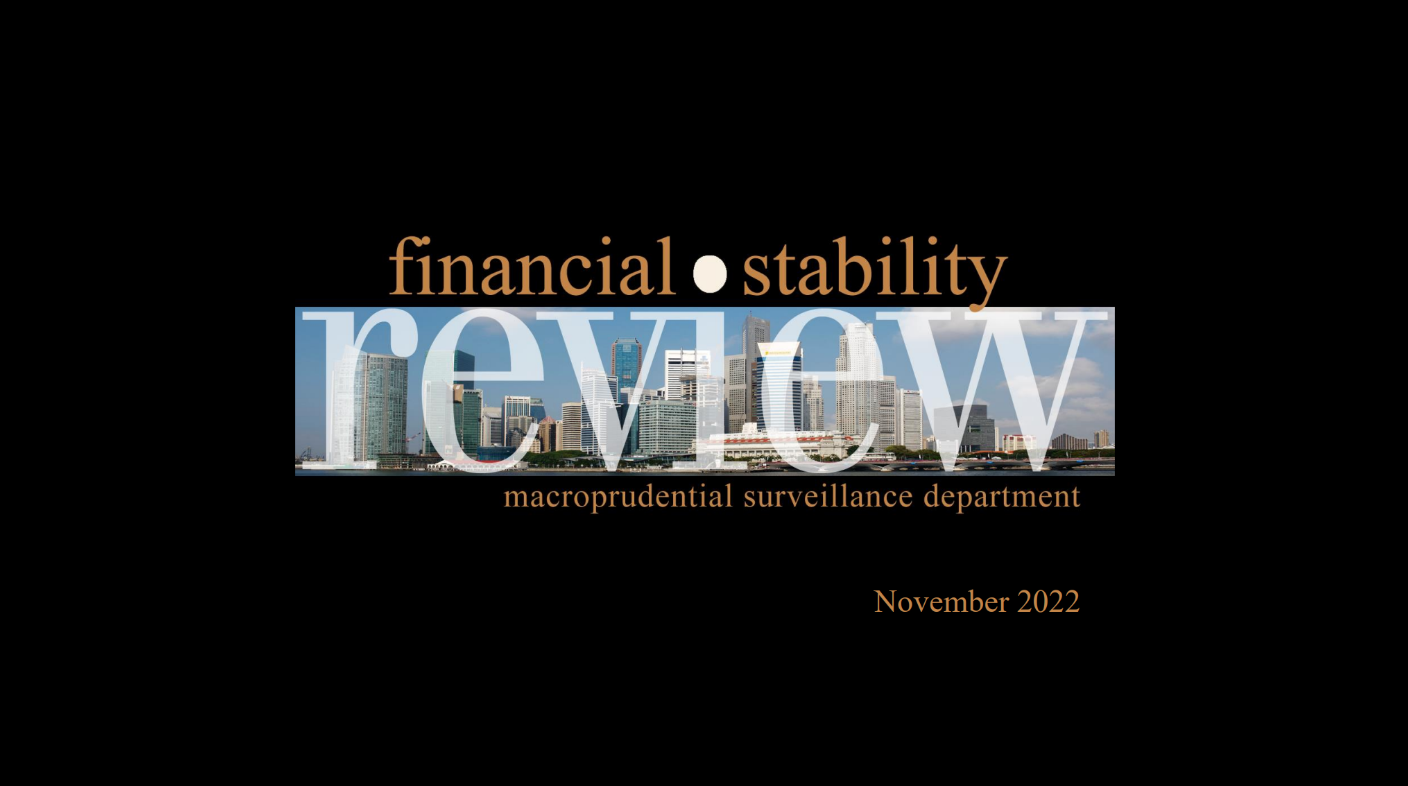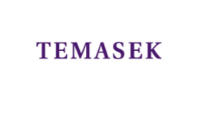Singapore's MOF invested about S$70 billion in Temasek over last 20 years
This was revealed by Mr Lawrence Wong, Deputy Prime Minister and Minister for Finance, in response to questions filed by Mr Leong Mun Wai on the total amount of capital injection by MOF into Temasek Holdings in the last 20 years and what are the reasons for the capital injections.
Mr Wong pointed out that about S$50 billion out of the S$70 billion was from the sovereign wealth fund’s dividends to the shareholder.
He noted that these investments in Temasek’s shares are reflected in Temasek’s audited accounts, which are public information.
“All investments in Temasek’s shares are done as part of the Government’s decision to allocate funds across the three investment entities in its portfolio – Temasek, GIC and MAS.”
“These decisions take into account the Government’s liquidity needs and the long-term risk-adjusted expected returns of the entities,” said Mr Wong.
He also noted that Temasek’s reported Total Shareholder Returns, which gives a measure of its performance, is computed by deducting any capital injections from the Government.
“Hence the Government’s investments in Temasek’s shares do not affect how Temasek’s investment returns are computed.”
Temasek’s S$403 billion portfolio
Temasek had an initial portfolio of S$77 billion in 2002, which then gradually increased to S$403 billion in 2022.

While the increasing figures look impressive on paper, one has to note that this chart is not showing Temasek’s profit over the years but the value of its annual portfolio.
If its portfolio is shown alongside its annual profits, it does not seem as impressive as it should be, as one would expect a corresponding trend of increasing profit due to the larger portfolio possessed by Temasek.

Transfer Of Government Assets To Temasek
One interesting aspect about some of Temasek’s assets under its portfolio is that they are often “sold” or “loaned” to the SWF at surprisingly low values over the past decades.
Take Changi Airport, for example, which Temasek manages.
The Changi Airport Group (Singapore) Pte Ltd (CAG) was formed on 16 June 2009 and the corporatisation of Changi Airport followed on 1 July 2009.
Its revenue for the year was S$961 million, profit, after tax was S$227 million and total assets, were S$7.2 billion.
According to the CAG’s report for FY2009/2010, “the estimated consideration payable to CAAS (Civil Aviation Authority of Singapore) for the transfer of airport undertaking and other assets is $3,277,987,000.”
Also, the consideration will be funded via “a capital injection by the immediate holding entity, the Minister for Finance (Incorporated).”
While CAG is not transferred to Temasek as the Singapore Government still owns it, Temasek still runs the airport and benefits from its healthy profits — which does not make sense accounting-wise.
Other notable assets that are clearly profitable or monopolistic in nature that were sold or transferred in one way or another to Temasek, are Singtel, Singapore Technologies, Singapore Power (SP) Group which was privatised from the Public Utilities Board and PSA Corporation Ltd. Just to name a few.
To say that Temasek made a profit from its Singapore-based companies is much more believable than to suggest that it had profited from its high-profile investments overseas.
One has to also note the drop in Temasek’s portfolio in 2009, where it reported a profit of S$6.2 billion.
From March 2008 to Dec 2008, Temasek sold three power stations in Singapore for a combined value of S$12.05 billion.
If not for the sale of the power stations to foreign consortiums, it might have seen red for the first time in its operating history.























































First, please LoginComment After ~